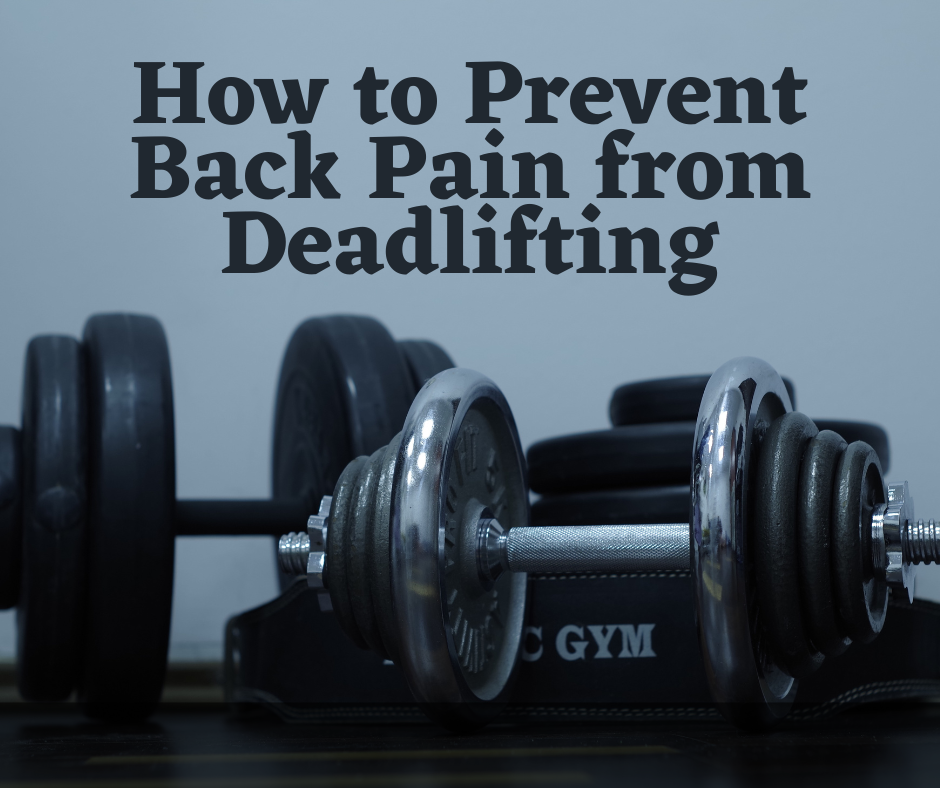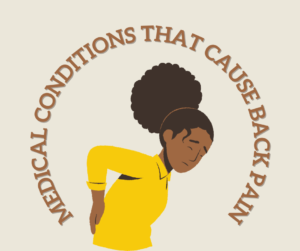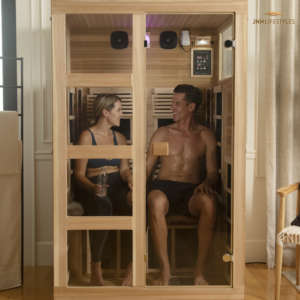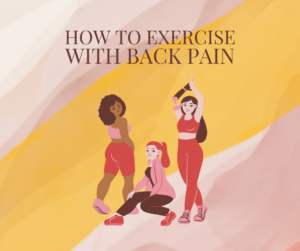Deadlifting is a strength training exercise that can help to build muscle mass and increase overall fitness. However, it can also cause back pain if not done properly. To avoid back pain while deadlifting, it is important to maintain proper form and technique. Here are several of our tips to do a deadlift safely and securely with as minimal back pain as possible.
1. Engage Your Muscles Properly
First, make sure to engage your core muscles by bracing your abs and squeezing your glutes. This will help to stabilize your spine and reduce the risk of injury. Next, keep your back straight and avoid rounding your shoulders. This will help to keep the weight evenly distributed across your body and prevent strain on your lower back.
2. Use the Right Weight for You
It’s also important to use the right weight. Start with a weight that is comfortable for you to lift and gradually increase as your strength improves. Lifting too much weight can put unnecessary stress on your back and increase the risk of injury. Too much weight can also prolong your recovery period—if you find that you can’t move properly for more than three days, you’re working out too hard.
3. Warm Up and Stretch Before Deadlifting
Warming up and stretching before exercise are important because it helps to prepare the body for the physical demands of the workout. It increases blood flow to the muscles, which can help to reduce the risk of injury. Warming up and stretching also increase the flexibility of your muscles and joints, which can help to improve your range of motion and enhance your performance. Additionally, it can help to improve your mental focus and prepare your mind for the workout. Overall, a proper warm-up can help to enhance your overall performance and reduce the risk of injury.
4. Hold Proper Form
Proper form for deadlifting include: standing with feet hip-width apart, gripping the barbell with an overhand grip, keeping your back straight, chest up, and head looking forward. Engaging your core by bracing your abs and squeezing your glutes, keeping your hips close to the bar, and using your legs to lift the weight while keeping your back stable will help you maintain proper form while deadlifting.
5. Work Out Your Back in Other Ways
Another way to reduce the risk of back pain is by incorporating other exercises into your workout routine that can help to strengthen your back and core muscles. Examples of back workouts include rows, pull-ups, chin-ups, lateral pulldowns, and T-bar rows. Meanwhile, examples of core workouts include planks, sit-ups, leg raises, Russian twists, and bicycle crunches.
6. Listen to Your Body
Finally, make sure to listen to your body, especially if you are new to the deadlifting scene. If you feel any pain or discomfort while deadlifting, or if your body is physically shaking from the effort to deadlift, stop the exercise and rest. If the pain persists, it may be a good idea to see a doctor or physical therapist to rule out any underlying issues. You should also check with a gym trainer to see if you’re doing something wrong with your deadlift attempt and try again with better knowledge and a stronger body.
Conclusion
In summary, deadlifting can be a great exercise for building strength and muscle mass, but it can also cause back pain if not done properly. To avoid back pain while deadlifting, it is important to maintain proper form and technique, use the right weight, warm up properly, focus on proper technique, and listen to your body.








